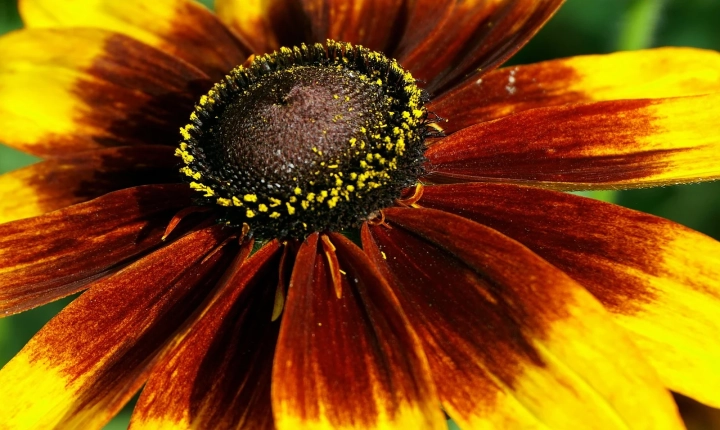Title: The Fascinating World of AI-Generated Art: How Does AI Make Pictures?
In the digital age, the intersection of technology and creativity has led to the emergence of artificial intelligence (AI) as a tool for generating artwork and images. Through the use of sophisticated algorithms, AI has transformed the way we think about artistic expression and has opened up new possibilities for creating captivating, thought-provoking images.
One of the most prominent methods through which AI creates pictures is through the process of generative adversarial networks (GANs). GANs are a type of AI architecture that consists of two networks – a generator and a discriminator – that work in tandem to produce images. The generator creates images based on random noise, while the discriminator evaluates the images and provides feedback to help the generator improve its output. Through this iterative process, the generator becomes more adept at creating realistic and visually appealing images.
Another approach to AI-generated art is the use of style transfer techniques, which involve applying the characteristics of one image onto another. By leveraging deep learning algorithms, AI can analyze the content and style of two different images and combine them to create a unique, visually striking composition. This process allows for the exploration of new artistic possibilities and can result in captivating, surreal, and dreamlike visuals.
Furthermore, AI can also be utilized to assist artists in the creation of their work. By employing tools such as neural style transfer and image recognition, artists can leverage AI algorithms to inspire their creative process, generate new ideas, and enhance their artistic vision. This collaborative approach between human creativity and AI-powered tools demonstrates the potential for AI to augment and elevate the artistic process.
In addition to its creative applications, AI-generated art has also found relevance in fields such as design, advertising, and entertainment. Businesses are increasingly turning to AI to produce compelling visual content, leveraging its ability to quickly generate high-quality images for marketing campaigns, product design, and branding. AI’s capacity to understand and replicate visual patterns enables it to create diverse and captivating visuals that resonate with audiences.
However, as AI-generated art continues to advance and gain prominence, it also raises important questions about the role of human creativity in the artistic process. While AI can mimic artistic styles and generate visually appealing images, the human element of emotion, intention, and storytelling remains an essential aspect of art. The collaborative and complementary nature of AI and human creativity presents the opportunity for a transformative and enriching artistic landscape, where AI serves as a catalyst for innovation and exploration.
Moreover, the ethical and legal implications of AI-generated art, including issues of ownership, copyright, and authenticity, are becoming increasingly significant as AI continues to reshape the art world. As AI becomes more sophisticated and capable of producing high-quality and indistinguishable art, questions regarding attribution and intellectual property rights will require careful consideration by artists, organizations, and policymakers.
In conclusion, AI’s ability to create pictures opens up a new realm of artistic expression and innovation. From GANs and style transfer to collaborative tools for artists and visual content generation for businesses, AI is revolutionizing the way we create, consume, and appreciate visual art. However, as the boundaries of AI-generated art continue to expand, it is essential to engage in thoughtful dialogue about the implications and opportunities that arise from this evolving landscape. The fusion of AI and human creativity holds the potential to inspire, challenge, and redefine the boundaries of visual art, ushering in a new era of dynamic and compelling artistic expression.
